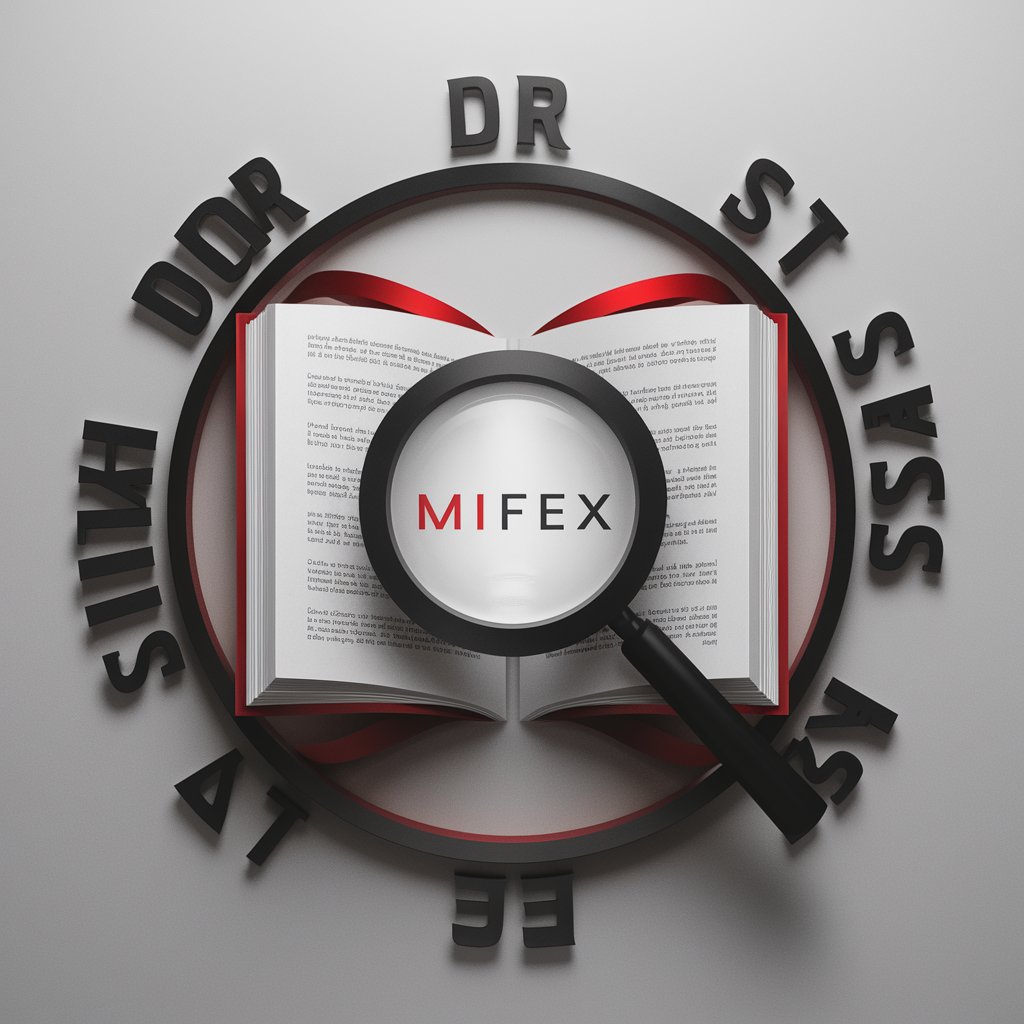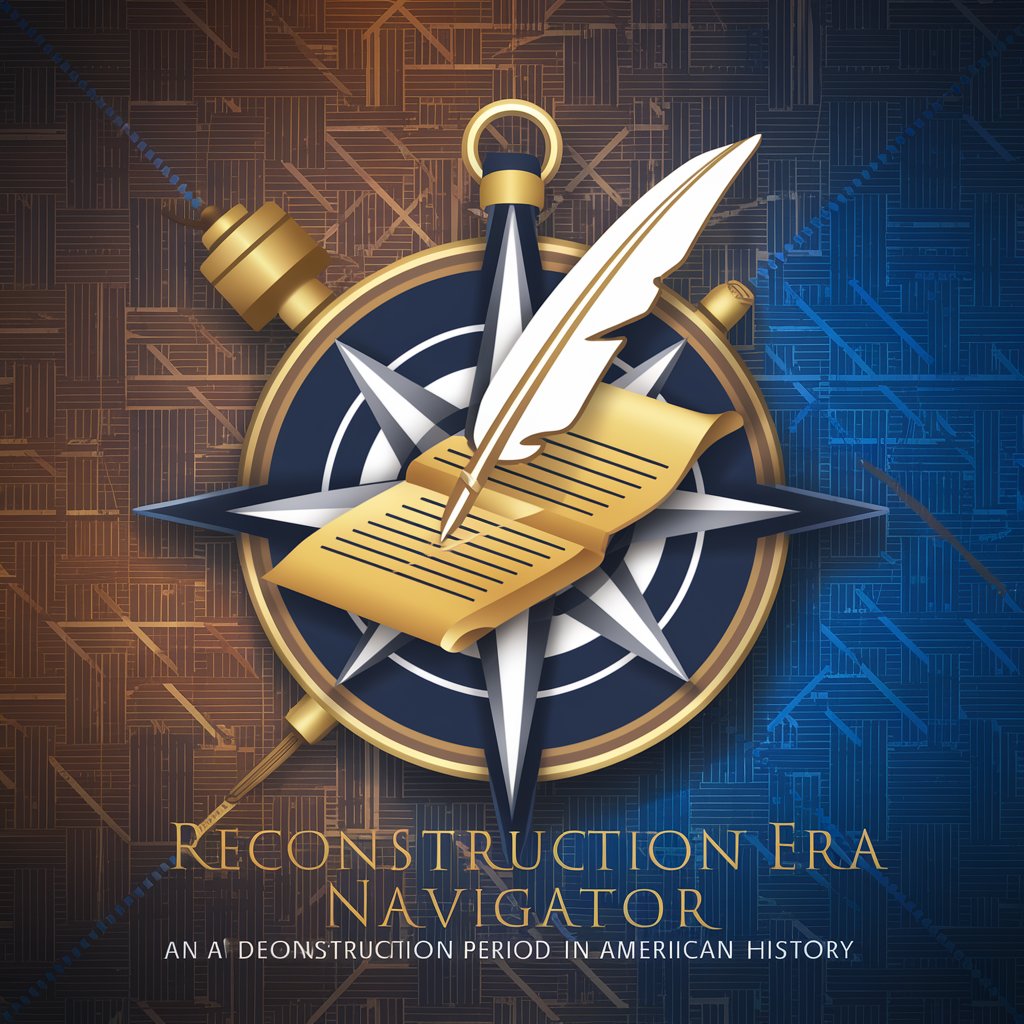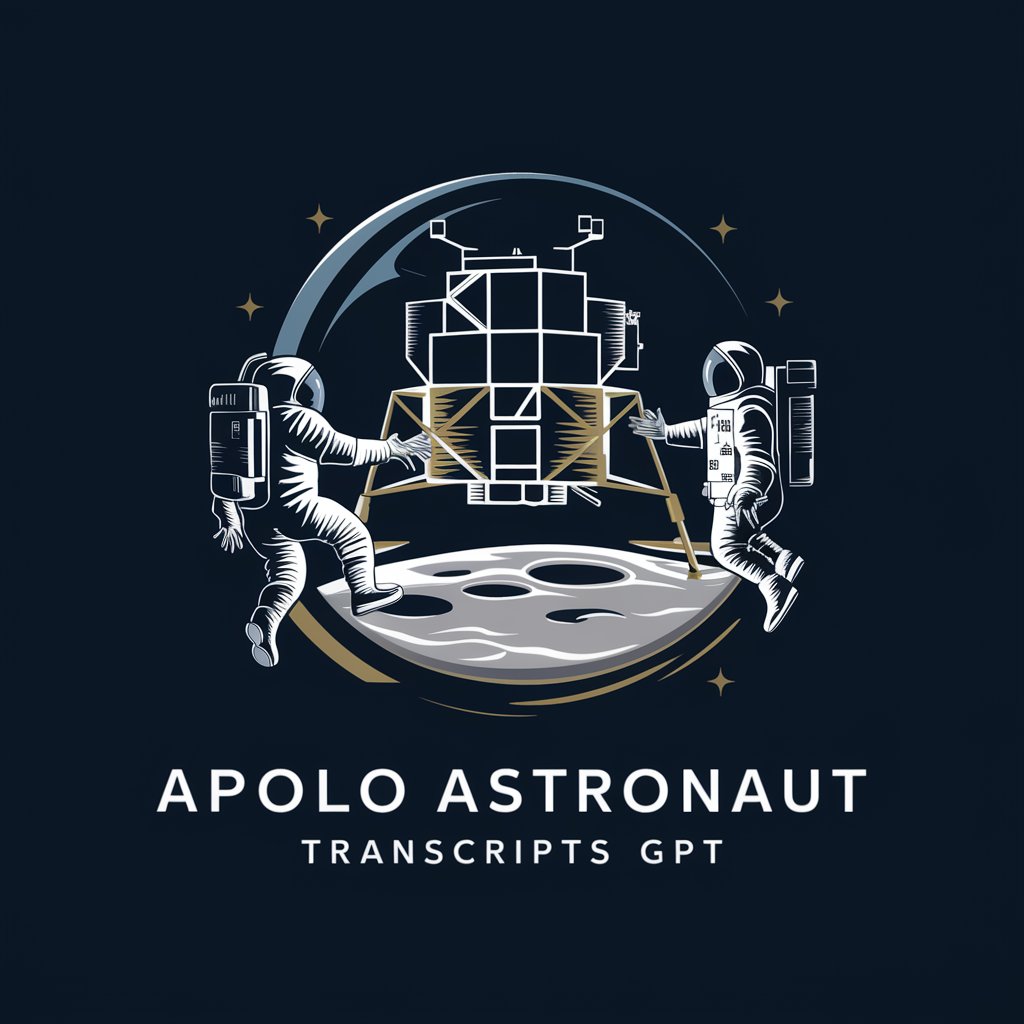7 GPTs for Primary Sources Powered by AI for Free of 2025
AI GPTs for Primary Sources are advanced tools developed to navigate, analyze, and synthesize information from original documents, records, and datasets. These Generative Pre-trained Transformers (GPTs) are tailored to understand the context and significance of primary sources, making them invaluable for research, historical analysis, and educational purposes. By leveraging the latest in AI technology, these tools can process complex data, recognize patterns, and generate insights, thereby enhancing our understanding of original materials.
Top 7 GPTs for Primary Sources are: Life in the Trenches,Talk with 승정원일기,American Diaries Explorer,So war's - Verbrechen der Stasi in der DDR,Reconstruction Era Navigator,Chronicle Explorer,Apollo Astronaut Transcripts
Life in the Trenches
Uncover WWI through Soldiers' Eyes

Talk with 승정원일기
Unlock the secrets of Joseon Dynasty

American Diaries Explorer
Unveiling Colonial Lives with AI

So war's - Verbrechen der Stasi in der DDR
Unlocking the Secrets of Stasi's Crimes

Reconstruction Era Navigator
Navigate the Reconstruction Era with AI-powered analysis.

Chronicle Explorer
Explore History with AI Power

Apollo Astronaut Transcripts
Explore Space History with AI

Unique Characteristics and Capabilities
AI GPTs for Primary Sources are distinguished by their adaptability, enabling users to perform a range of tasks from simple data retrieval to complex analysis. Key features include advanced language comprehension, the ability to analyze historical texts, support for multiple languages, and integration with web search capabilities for real-time information gathering. Furthermore, these tools can generate images from descriptions found in primary sources, offering a new dimension to data visualization and analysis.
Who Benefits from AI GPTs in Primary Sources?
This technology is designed for a broad audience, including students, researchers, historians, and educators. It provides an accessible entry point for novices without programming skills, while offering sophisticated customization options for developers and professionals in the field of primary sources. This dual approach ensures that AI GPTs can be a valuable asset for anyone looking to explore or work with primary sources.
Try Our other AI GPTs tools for Free
Non-Verbal Cues
Explore AI GPT tools tailored for Non-Verbal Cues, enhancing human-computer interaction through advanced body language and tone analysis.
Educational Exchange
Explore AI GPT tools tailored for Educational Exchange, enhancing learning through personalized, interactive experiences. Ideal for students, educators, and researchers.
Awareness Campaign
Discover how AI GPTs revolutionize Awareness Campaigns with tailored content, multilingual support, and real-time insights to amplify impact.
Podcast Booking
Discover how AI GPTs revolutionize podcast booking, offering tailored, efficient solutions for guest scheduling, outreach, and content preparation.
Tribal Interaction
Explore AI GPTs tailored for Tribal Interaction, designed to support cultural preservation, language learning, and community engagement within tribal societies.
Primitive Crafting
Discover how AI GPTs for Primitive Crafting revolutionize traditional crafts with tailored support, blending ancient techniques with modern technology.
Expanding Horizons with AI GPTs
AI GPTs for Primary Sources not only offer a new approach to traditional research methods but also provide a platform for innovation in various sectors. With user-friendly interfaces and customization options, these tools can be integrated into existing systems, enhancing efficiency and productivity. They represent a significant step forward in the digital humanities, opening up new possibilities for analysis and discovery.
Frequently Asked Questions
What exactly are AI GPTs for Primary Sources?
AI GPTs for Primary Sources are specialized AI models designed to interact with and analyze original documents, facilitating the understanding and interpretation of historical, legal, or archival materials.
Who can use these AI GPT tools?
Anyone with an interest in primary sources, including but not limited to students, educators, researchers, and historians, can use these tools to enhance their work or studies.
Do I need technical skills to use these tools?
No, these tools are designed to be user-friendly and accessible to individuals without any coding experience, while also offering advanced features for tech-savvy users.
Can AI GPTs analyze documents in multiple languages?
Yes, many AI GPT tools for Primary Sources support multiple languages, making them versatile tools for global research and analysis.
How do AI GPTs integrate with existing research workflows?
These tools can easily integrate with existing workflows, offering APIs and other technical integrations that allow users to streamline their research processes.
What makes AI GPTs different from traditional research methods?
AI GPTs offer unparalleled speed and efficiency in processing and analyzing large volumes of data, providing insights and patterns that might not be immediately apparent through traditional methods.
Can these tools generate reports or summaries?
Yes, AI GPTs can synthesize information from primary sources to generate comprehensive reports or summaries, saving researchers valuable time.
Are there customization options available for specific research needs?
Absolutely, developers and researchers can customize these tools for specific projects or research areas, ensuring that the outputs meet their precise requirements.